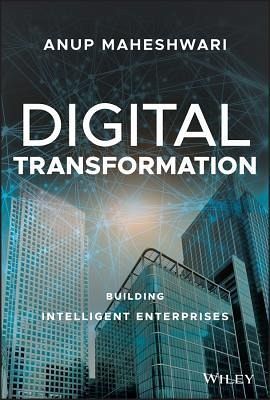
Digital Transformation
Building Intelligent Enterprises
Versandkostenfrei!
Versandfertig in 2-4 Wochen
37,99 €
inkl. MwSt.
Weitere Ausgaben:

PAYBACK Punkte
19 °P sammeln!
It's time to build a smart business New disruptive technologies are emerging constantly. The pace of change is humbling to those of us who thought building a website was enough to "go digital." Now we have to consider big data, artificial intelligence, and other IT tools that, we are told, can exponentially increase our growth and value. Digital Transformation: Building Intelligent Enterprises is a one-stop-shop for executives and managers ready to integrate high-tech solutions into business structure. This book covers all the tech you need to know, helps you determine which tools are relevant...
It's time to build a smart business New disruptive technologies are emerging constantly. The pace of change is humbling to those of us who thought building a website was enough to "go digital." Now we have to consider big data, artificial intelligence, and other IT tools that, we are told, can exponentially increase our growth and value. Digital Transformation: Building Intelligent Enterprises is a one-stop-shop for executives and managers ready to integrate high-tech solutions into business structure. This book covers all the tech you need to know, helps you determine which tools are relevant to your needs, and guides you through building an agile enterprise to enhance resilience today and in the future. You'll learn how to transform your organization with essential technologies and resources, including: * The Internet of Things * Virtual reality * Big data and analytics * Blockchain * Cloud computing * Design thinking * Robotics * DevOps * Artificial intelligence * Machine learning * Agile * Drones * 3D Printing * APIs * SAP Leonardo Digital Transformation covers all these topics and more under one cover! This book is for business leaders who are new to the world of technology and those with more knowledge looking for insights on practical implementation.



